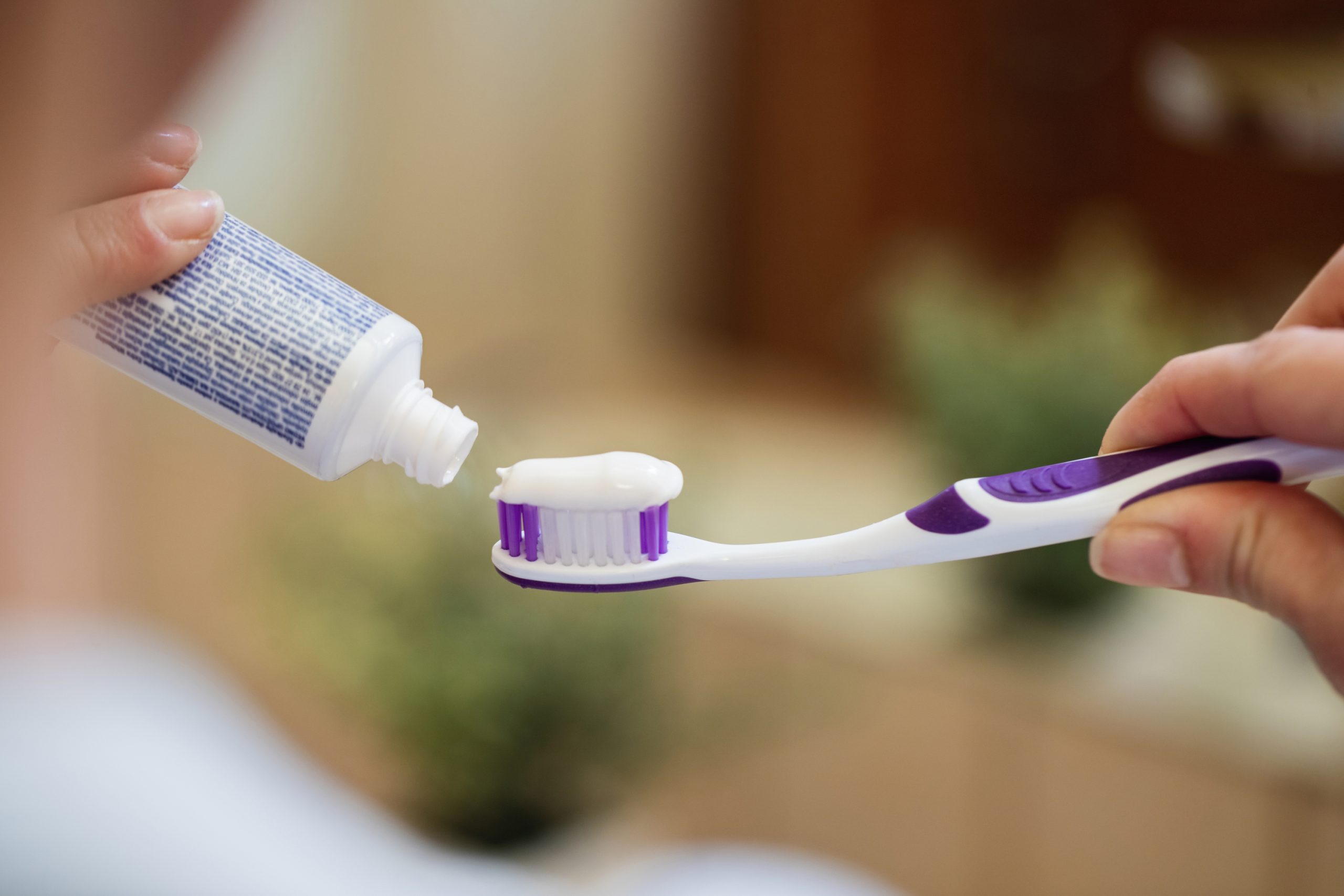

Brushing twice a day keeps the dentist away—but can we enhance the toothpaste we use to keep our teeth clean, preventing medical problems that stem from poor dental health? Fluoride, a potent tool for oral hygiene, is used in the majority of toothpastes. However, fluoride can cause health concerns in some situations, particularly for children who consume too much fluoride by swallowing most of their toothpaste: to avoid these difficulties, children typically use only a modest dosage of toothpaste, although this diminishes toothbrushing efficacy.
In their search for alternatives, a group of international scientists and Polish medics discovered a hydroxyapatite toothpaste that protects against cavities just as well as fluoride toothpaste.
“Hydroxyapatite is a safe and effective alternative to fluoride in caries prevention for daily use,” said Professor Elzbieta Paszynska of the Poznan University of Medical Sciences, co-principal investigator and corresponding author of the study published in Frontiers in Public Health.
Dentistry with minimally invasive procedures
Hydroxyapatite is a calcium phosphate mineral that can be found in the human skeleton. It is recognized to be extremely safe for human ingestion and has previously been found to aid in the treatment of oral disorders such as periodontitis. It can both limit demineralization of teeth, which is a precursor to cavities, and aid to remineralization, which strengthens damaged tooth surfaces.
“Currently, in dental care, the aim is to use ‘minimally invasive dentistry’ as often as possible,” explained Paszynska. “This means trying to preserve as much tooth tissue as possible, including those altered by initial caries that still show the ability to remineralize. The use of remineralization compounds is a boon, as it may limit the need for invasive treatment of carious lesions with a drill.”
The professionals recruited 189 adults aged 18-45 to participate in an 18-month double blind randomized clinical trial to investigate if it would treat patients without specific dental issues. They hoped to see all individuals through the research without seeing an increase in cavities.
The trial had 171 participants who were evenly divided between the hydroxyapatite toothpaste group and the fluoridated toothpaste control group. All patients had at least ten healthy teeth, were willing to use an electric toothbrush, and had no pre-existing tooth problems that needed to be addressed.
Patients were given electric toothbrushes and replacement heads, as well as neutrally packaged toothpaste that might have included either hydroxyapatite or fluoride toothpaste. Patients and examiners had no idea which toothpaste each other was using, and patients used no other oral care items. They were also instructed to clean their teeth twice a day, after meals, for three minutes each time, but they were not instructed to change their diets.
“We did not monitor the diet of each subject as the aim was to test two different toothpastes, not the influence of the diet on the caries progress,” said Paszynska.
Hydroxyapatite is just as effective
Patients returned the clinic every six months for an assessment and a new supply of toothpaste during the experiment. Using a DIAGNOcam gadget, their teeth were visually examined and evaluated for any shadows that could indicate an early-stage cavity. To determine how clean their teeth were, a plaque revealing solution was also applied.
Each stage of the trial was examined for patient consistency, and patient safety was monitored at each appointment to ensure there were no unexpected side effects.
The scientists discovered that over 90% of patients in both groups had no new cavities at the end of the trial. There was no statistically significant difference in efficacy between patients who used hydroxyapatite toothpaste and those who used fluoride toothpaste: both worked equally well.
Previously published clinical trials also show the caries-preventing effect of hydroxyapatite in risk groups such as children and patients undergoing orthodontic therapy,” said Paszynska. “With our new clinical trial, it has been shown that hydroxyapatite prevents dental caries in adults. This is important from a public health perspective.”
more recommended stories
 E-Cigarette Use and Heart Attack Risk in Former Smokers
E-Cigarette Use and Heart Attack Risk in Former SmokersKey Takeaways for Clinicians and Nurses.
 36-Week Pre-eclampsia Screening May Reduce Term Risk
36-Week Pre-eclampsia Screening May Reduce Term RiskA New Preventive Strategy for Term.
 Cardiovascular Risk and Sudden Cardiac Death in Diabetes
Cardiovascular Risk and Sudden Cardiac Death in DiabetesRising Sudden Cardiac Death (SCD) Risk.
 Poor Kidney Function and Alzheimer’s Biomarkers Explained
Poor Kidney Function and Alzheimer’s Biomarkers ExplainedPoor kidney function may influence levels.
 Walking Speed Before Hip Replacement Predicts Recovery
Walking Speed Before Hip Replacement Predicts RecoveryNew Evidence Points to a Simple,.
 Neuroblastoma Drug Combo Extends Survival in Models
Neuroblastoma Drug Combo Extends Survival in ModelsA Promising Shift in High-Risk Neuroblastoma.
 How Soybean Oil Impacts Weight Gain and Metabolism
How Soybean Oil Impacts Weight Gain and MetabolismWhy Soybean Oil May Affect Metabolism.
 Coffee and Cognitive Function: Evidence Review
Coffee and Cognitive Function: Evidence ReviewA new narrative review in Cureus.
 Colorectal Cancer Screening Rates Low in Adults 45–49
Colorectal Cancer Screening Rates Low in Adults 45–49Recent UCLA research reveals that colorectal.
 Gut Immune Cells and Long-Lasting Antiviral Protection.
Gut Immune Cells and Long-Lasting Antiviral Protection.Breakthrough Findings on How Gut Immune.

Leave a Comment